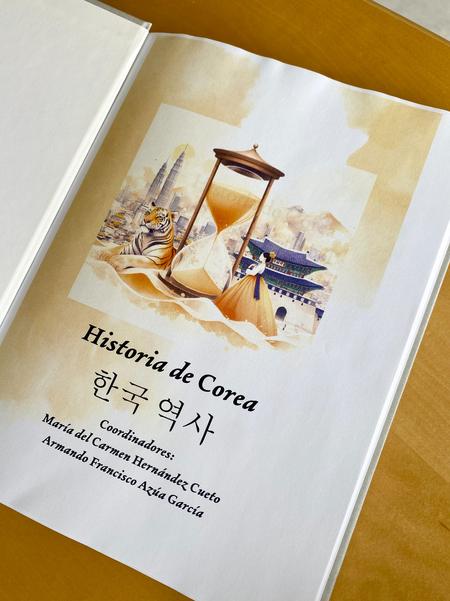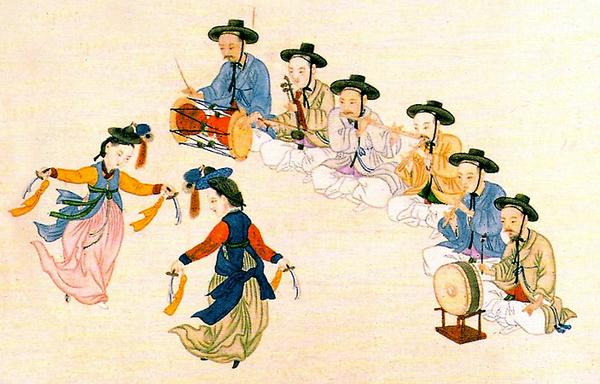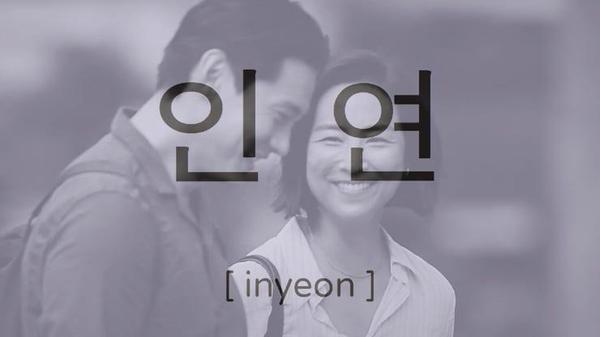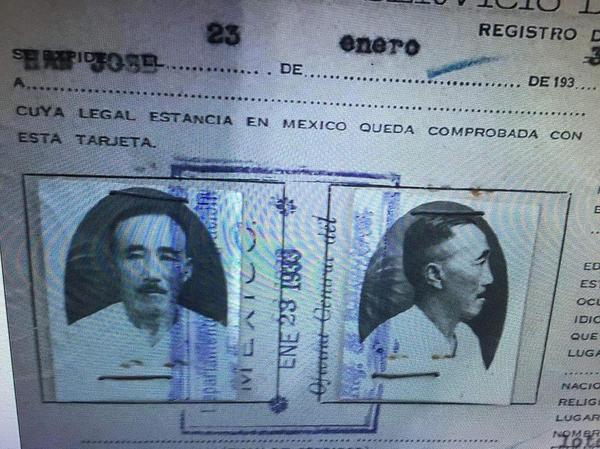
Historia de Corea: de Dangun a Chaebol
"El primer capítulo, de Armando Azúa, procura sentar las bases para la conformación del imaginario geopolítico sobre las Coreas, ya que el autor busca explicar la geografía de la península y su significado cultural para las poblaciones que aquí se han asentado. Esto implica tratar un poco la divergencia cultural entre las sociedades de Corea del Norte y Corea del Sur."
researchgate.net
Este fragmento destaca el enfoque inicial del libro en establecer una comprensión geopolítica de Corea, abordando tanto la geografía como las diferencias culturales entre el norte y el sur. El texto continúa explorando aspectos fundamentales como la organización del espacio físico, los procesos demográficos y urbanos, y los inicios de la vida cultural y social en Corea, incluyendo el idioma y las migraciones. Además, se abordan temas como el mito fundacional de Gojoseon, los periodos históricos significativos, y las dinámicas políticas y religiosas que han moldeado la identidad coreana.
researchgate.net
Este fragmento destaca el enfoque inicial del libro en establecer una comprensión geopolítica de Corea, abordando tanto la geografía como las diferencias culturales entre el norte y el sur. El texto continúa explorando aspectos fundamentales como la organización del espacio físico, los procesos demográficos y urbanos, y los inicios de la vida cultural y social en Corea, incluyendo el idioma y las migraciones. Además, se abordan temas como el mito fundacional de Gojoseon, los periodos históricos significativos, y las dinámicas políticas y religiosas que han moldeado la identidad coreana.
















